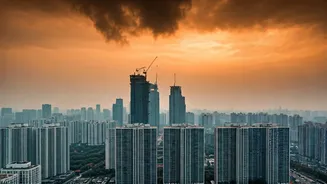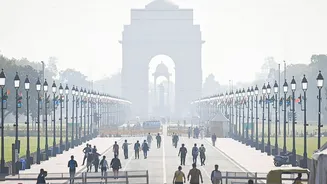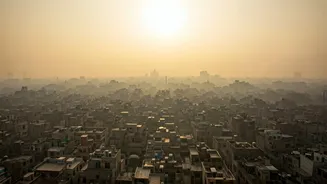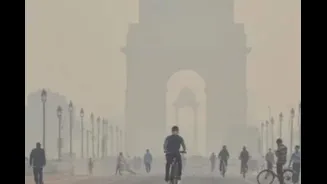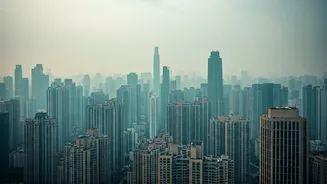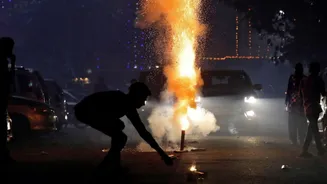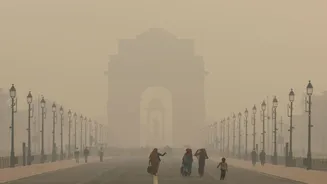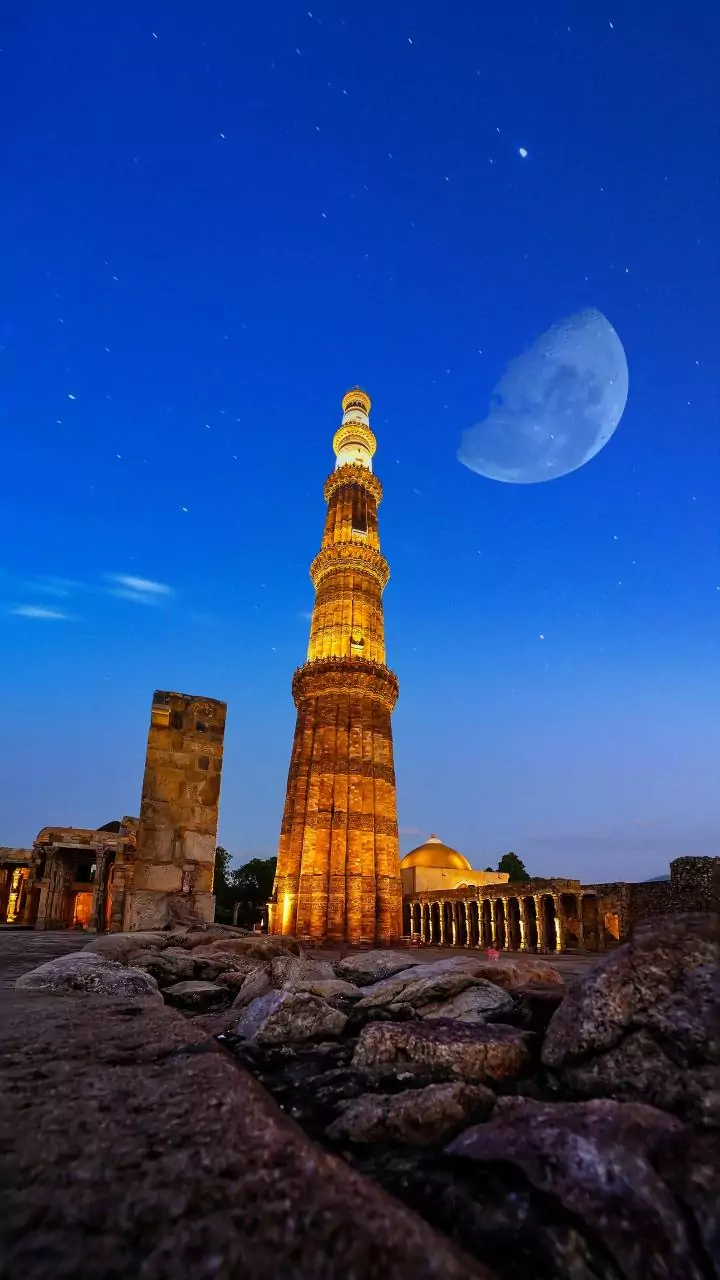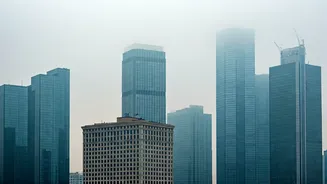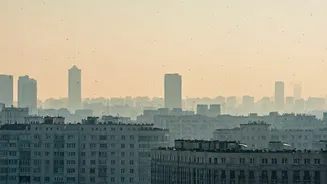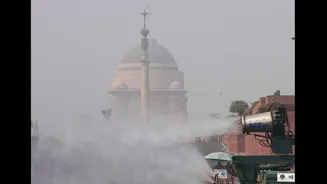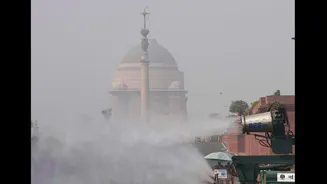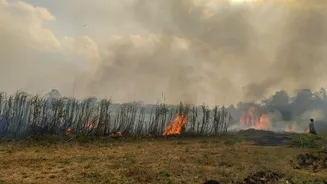Toxic Air Emerges
The aftermath of Diwali fireworks led to a dramatic decline in Delhi's air quality, with many areas experiencing 'very poor' or 'severe' levels of pollution.
This triggered an increase in complaints from Delhi residents regarding breathing difficulties and overall health concerns. The overall Air Quality Index (AQI) reflected these conditions, prompting authorities to consider scaling up anti-pollution measures to address the deteriorating situation. With 269 fire incidents reported across Delhi on Diwali, the consequences of the celebrations were immediately apparent in the city's air.
AQI Levels Soar
Post-Diwali, the AQI in Delhi and surrounding areas surged dramatically. Most areas within the capital were categorized in the 'red zone', signifying hazardous air quality conditions. Haryana also witnessed a similar worsening of air quality, highlighting the widespread impact of the pollution. Specific area-wise AQI readings revealed the severity of the situation across different parts of Delhi, emphasizing the need for immediate action to mitigate the health risks. The latest overall AQI data served as a stark indicator of the prevailing environmental crisis in the city.
Fireworks and Pollution
The primary cause for the deterioration in air quality was attributed to the widespread use of firecrackers during Diwali. Despite regulations set by the Supreme Court, numerous individuals disregarded these norms, contributing significantly to the pollution spike. Reports indicated 269 fire incidents across Delhi on Diwali, illustrating the scale of the violations. The use of fireworks intensified the release of pollutants, making it the most significant factor in the drastic decline in air quality after the festivities. The impact was clearly visible in the elevated levels of particulate matter and other harmful substances in the air.
Political Reactions Emerge
In response to the deteriorating air quality, various political entities engaged in discussions and accusations. The BJP voiced concerns, specifically attributing the problem to the actions in AAP-ruled Punjab. This raised questions about the responsibilities and approaches of different governing bodies towards air pollution management. Meanwhile, Delhi residents expressed their concerns about the situation. This exchange of blame emphasized the complexity of addressing the crisis and the need for coordinated, multi-faceted solutions.
Addressing the Crisis
With air quality levels soaring into dangerous zones, authorities considered implementing a variety of anti-pollution measures. These steps are aimed at mitigating the health risks and improving the air quality for residents. The focus is to get people to adhere to environmental regulations. The objective is to make the air safe for the population. This includes strategies like stringent monitoring, enforcement of existing rules, and possibly, further restrictions. The goal is to quickly make improvements to the alarming state of air in the capital.
